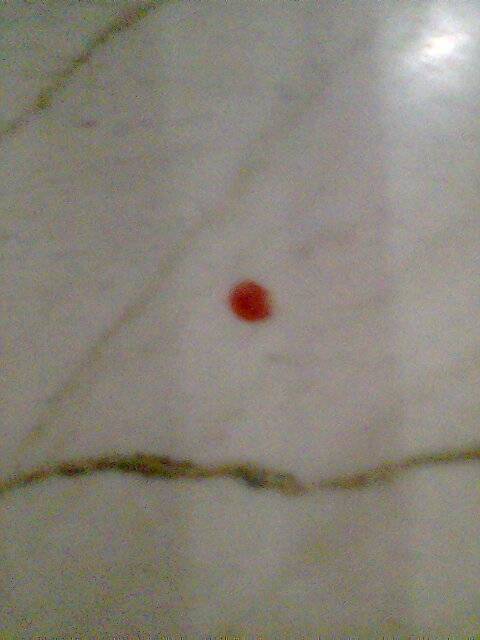On Ash Wednesday we enter into pure paradox. The Gospel reading warns against practicing our piety before others; then we come up to have ashes put on our foreheads. What could be more public? But the Church insists we walk through a day outwardly wearing the inward reality of our own mortality not to reward us for our faith, but to remind us of our failing.
Our 40-day journey through the desert of temporality and the dust from which we were formed is a countercultural endeavour. As Paul says in today’s fi rst reading, ‘We are treated. … as dying, and see – we are alive; as punished, and yet not killed; as sorrowful, yet always rejoicing; as poor, yet making many rich; as having nothing, and yet possessing everything.’
Our self-obsessed culture may see Lent’s fasting, prayer, sacrifi cial giving and self-refl ection as a result of low selfesteem. But by participating in this season we boldly embrace our identity and appear every bit as odd as our first-century brothers and sisters in Christ.
Ever since God breathed into us the breath of life, we have been both living beings and the dust to which we return. While this dust seems at first to be only the dry remnant of a life ended, in fact it’s the fecundity of a God who creates life from void, who breathes God’s self into earth to bring forth us, the creature. The same God who brings forth living water from God’s own broken humanity.
Our journey is in the desert. Following Christ, we leave our false oasis of instant gratifi cation, indulgence of every whim and stuff—lots and lots of stuff. The body of Christ is not an oasis in the desert but a desert in the oasis. In our diabetic coma of self-absorption, we are at times vaguely, silently aware that we have
gorged on the promises of the Dream and are left hungry.
We go to church on Ash Wednesday to be told that we are dust and to dust we shall return; the collagen-injected lips turn to dust, even the pilates-lengthened muscles, the 12 essential vitamins and minerals and the bottled water. We are told that we can live forever with the right combinations of exercise, diet and elective
surgery. But we know—in those inevitable moments of disquieting silence—that the oasis is not all it’s cracked up to be, and so we enter the desert where we can no longer turn from the inevitable dust, where the seemingly impossible happens: destructive self-centeredness is transformed into cruciform living.
As we pray the Lenten lectio, individually or with others, may we discover anew the God who continually calls us to become transformed into this cruciform way of living in order to share more deeply in the Easter Mystery of resurrection life.
- By David Walker, OLOR Cathedral
Bishop of Broken Bay, NSW, Australia
Lectio divina and The Reflection
By simply logging on to the website each week (http://thereflection.vividas.com), you will be able to participate in a lectio divina for Lent, working with it at your own pace and in your own time over the week.


















No comments:
Post a Comment